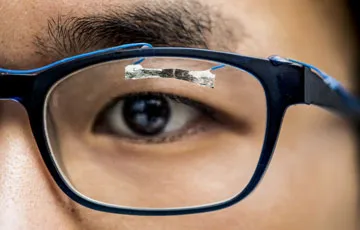Mechatronics researchers in UW Mechanical Engineering are engaged in an array of groundbreaking projects at the intersections of mechanics, electronics and computing.
Much of this work takes place in the area of robotics; our faculty are at the forefront of research in robot-human interaction, nanorobotics, automation and advanced manufacturing. The new devices, technologies, systems and processes being developed in our labs will have lasting impact on industries as diverse as health care, automotive, aeronautics, manufacturing and information technology across the state of Washington and beyond.
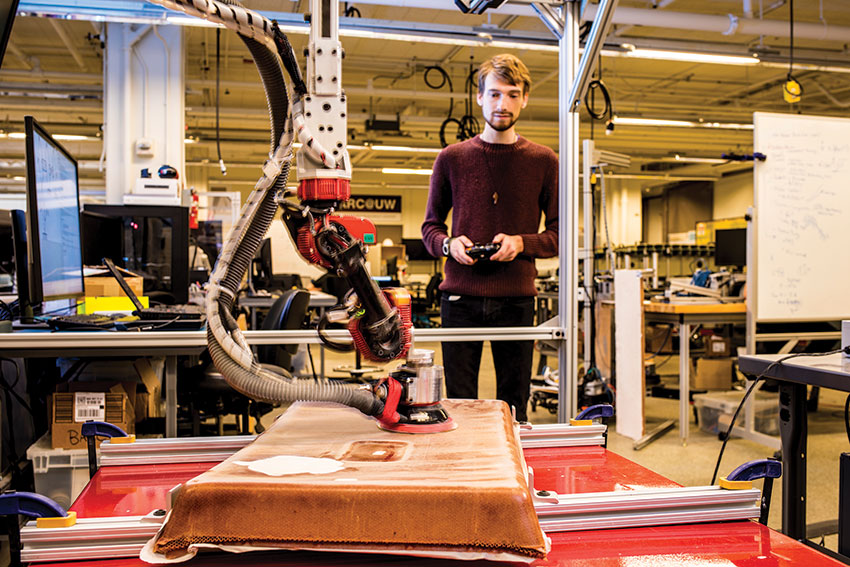

Key research areas
- Robotics and human interaction
- Robotics for manufacturing
- Controls and system dynamics
- Sensors and actuators
- Compatible nanorobotics for human health
- Augmented and virtual reality
- Prosthetic devices
- Autonomous systems
Research highlights
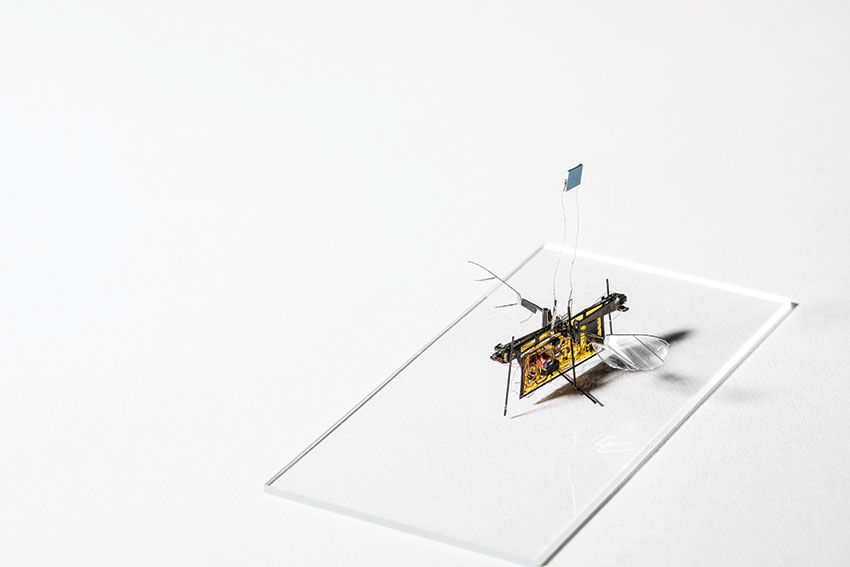
The Autonomous Insect Robotics Laboratory develops technology aimed at insect-sized robots to create tiny robots capable of sensing and performing in the world without a human operator.
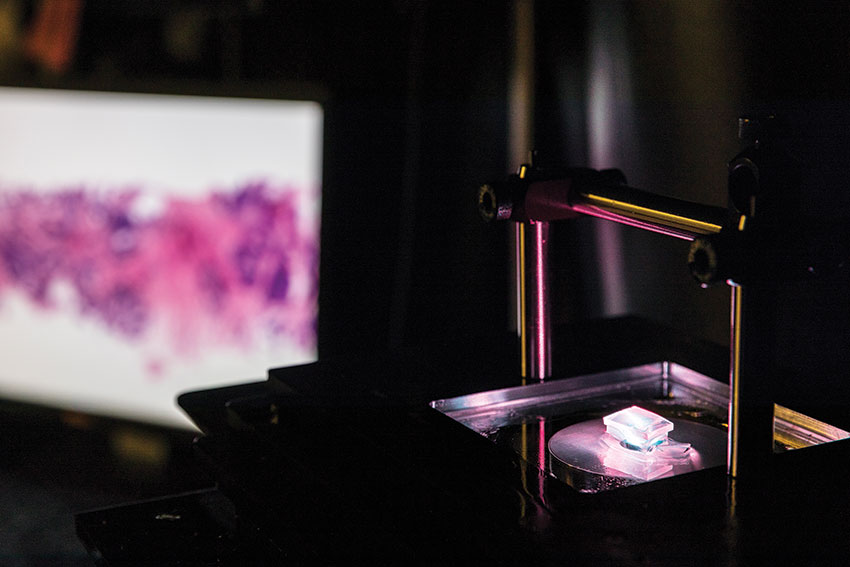
ME faculty are advancing the field of photonics through innovations in imaging technologies, optical scanning, molecular imaging, biomedical diagnostics and instrumentation.
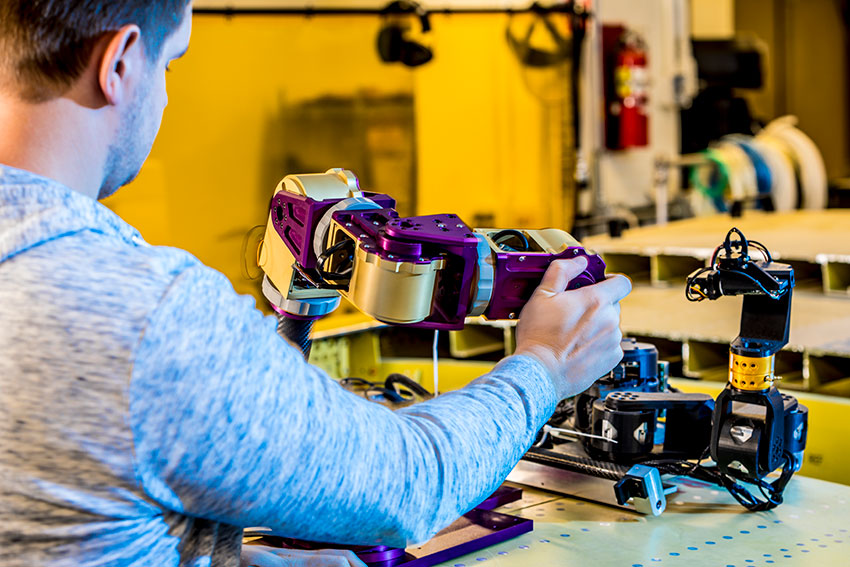
Boeing Advanced Research Collaboration pairs Boeing engineers with students and faculty to develop solutions for Boeing products in the areas of automation, robotics, composites and aircraft assembly.
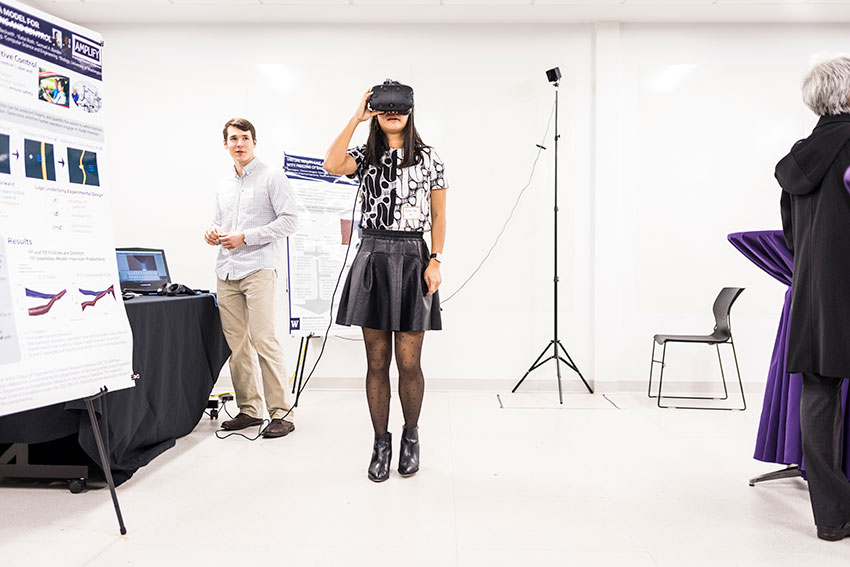
Focused on amplifying human and robotic interaction, the AMP Lab advances understanding of the dynamics and control of movement to design treatment strategies and assistive technologies that improve function and quality of life.

